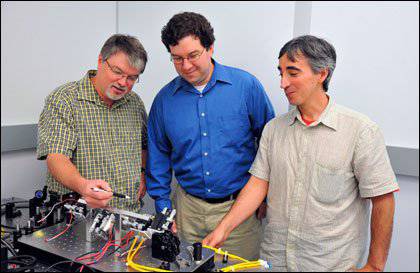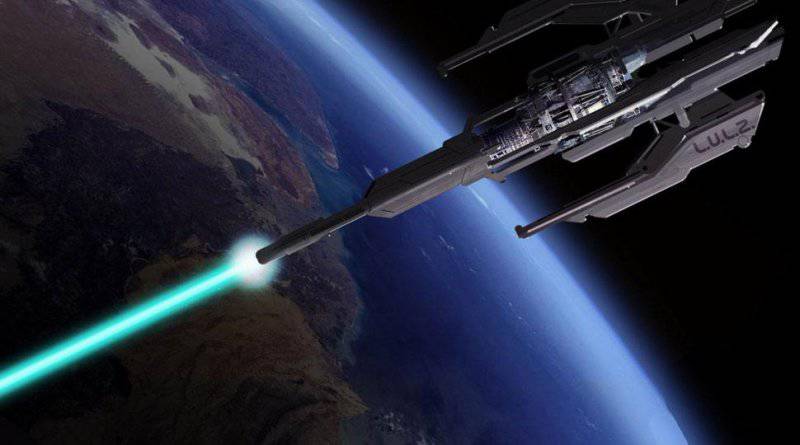Laser capture will become a reality
The beam described in fantastic works, capable of attracting and capturing objects, may soon become a reality - it is such a device that Goddard’s space center is developing on the request of NASA. With its help, the space agency plans to take samples from the atmosphere and surface of various space objects.
While the development of complex mechanisms, with the help of which the landing, sampling and subsequent take-off will be carried out, they will help to save on the cost of space programs and reduce the possibility of a crash. When obtaining positive results of the experiment, using the beam, it will be possible to take samples without landing, at close range or orbit.

Scientists planned to collect space debris with the help of a attracting beam, but it turned out that modern facilities were not enough for this, and began developing a project to capture smaller objects.
The space center team of physicists consisting of Barry Coyle, Paul Staisley and Dimitrios Pulius received 100 thousand dollars for the development of the project. They considered three options for solving the problem, of which two have already experienced. In the first case, an “optical vortex” or, in other words, “optical tweezers” was created: two colliding beams of waves form a ring structure, and an increase in the intensity of one of them causes the particle to move. This option can be used to study the atmosphere.
The second option is suitable for any environment, it is based on electromagnetic interaction. With the help of a “ray-solenoid”, the intensity peaks in a spiral will twist around the central axis. Tests have shown that this method can be used to capture and move solid objects to the source of radiation.
In the third case, the basis consists of Bessel beams - this project so far exists only in theory. If the laser beam looks like a point, then the Bessel beam is the point around which concentric circles are located. Using the created electromagnetic fields, you can make the particles move.
So far, physicists are working on all three methods of the principle of operation of a laser device, and after the end of the experiments, NASA will suggest the best of them.

Information